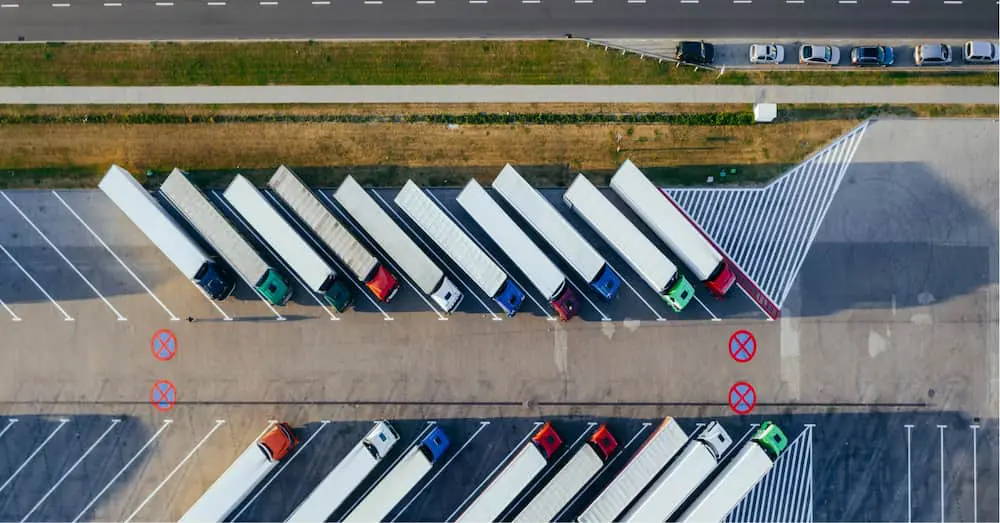Fulfillment Logistics: The WSI Difference
As the fulfillment landscape continues to change at a rapid pace, WSI continues to adapt along with it. Thanks to our scalable warehousing and distribution capabilities, the nation’s largest network of rail-served warehouses, deep reserves of industry experience, and innovative automated fulfillment solutions, we’re comfortably positioned on the cutting edge of the fulfillment business to keep delivering best-in-class solutions for our partners. Want to explore how we can do the same for your business? Get in touch with us today.




